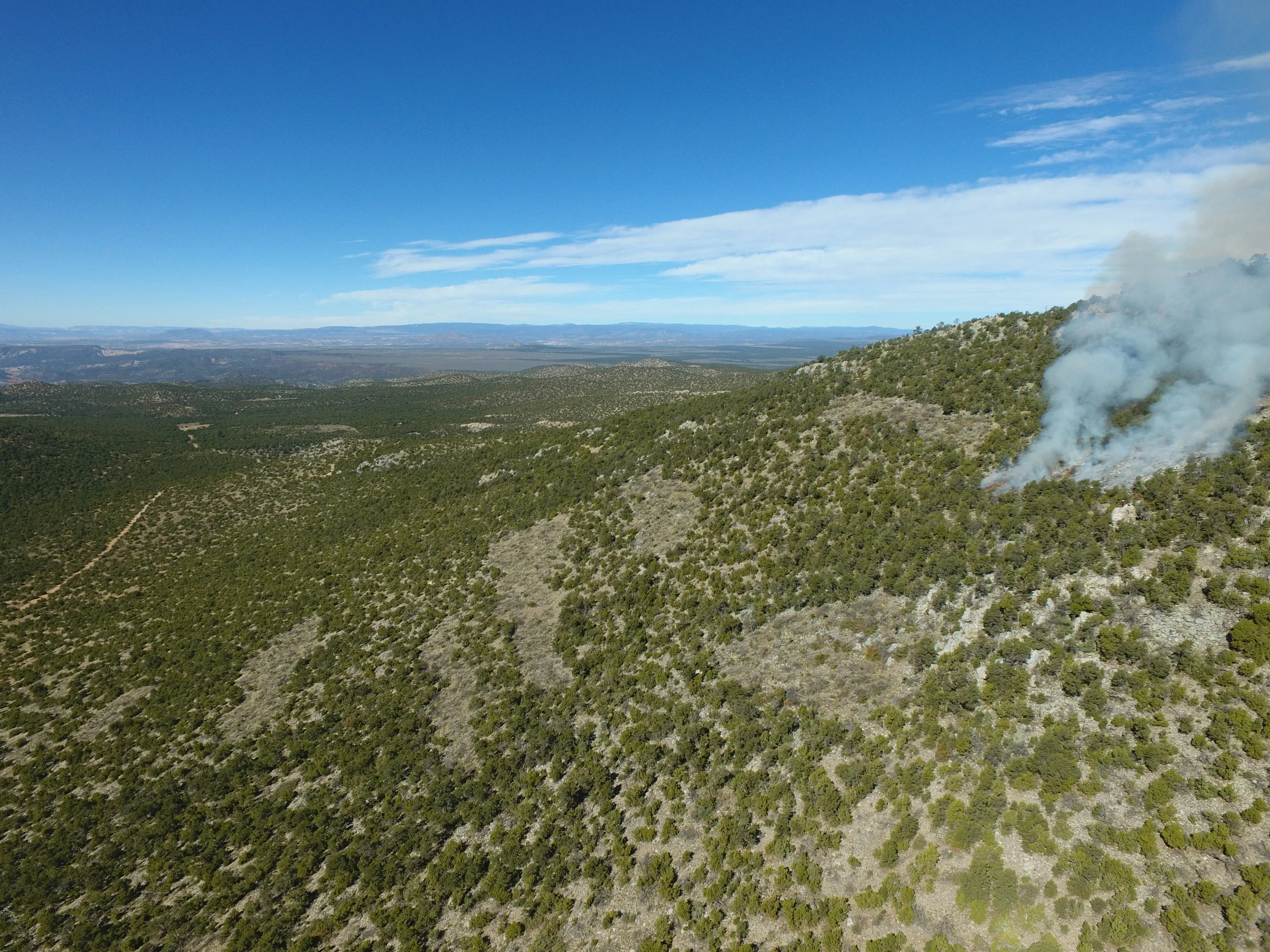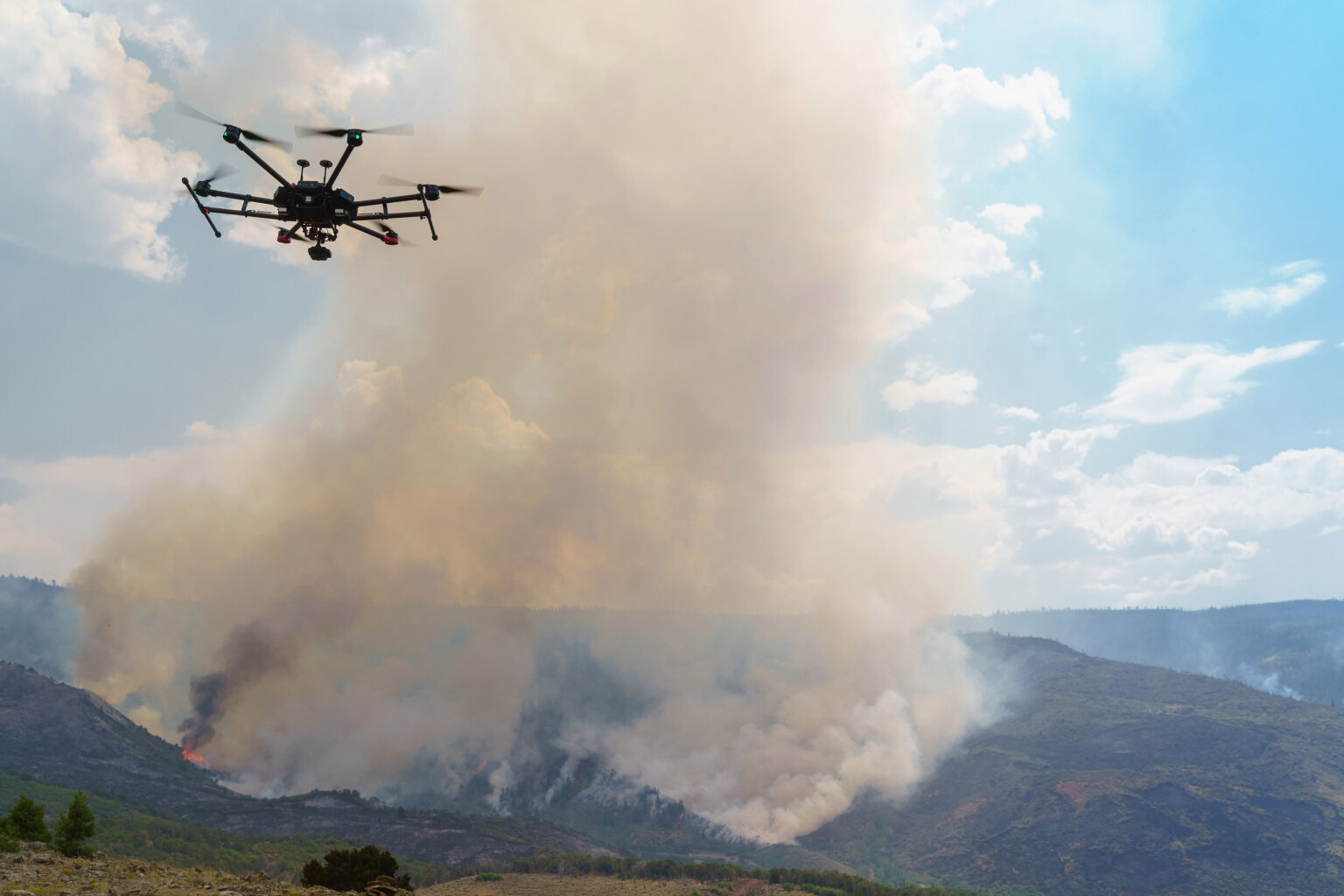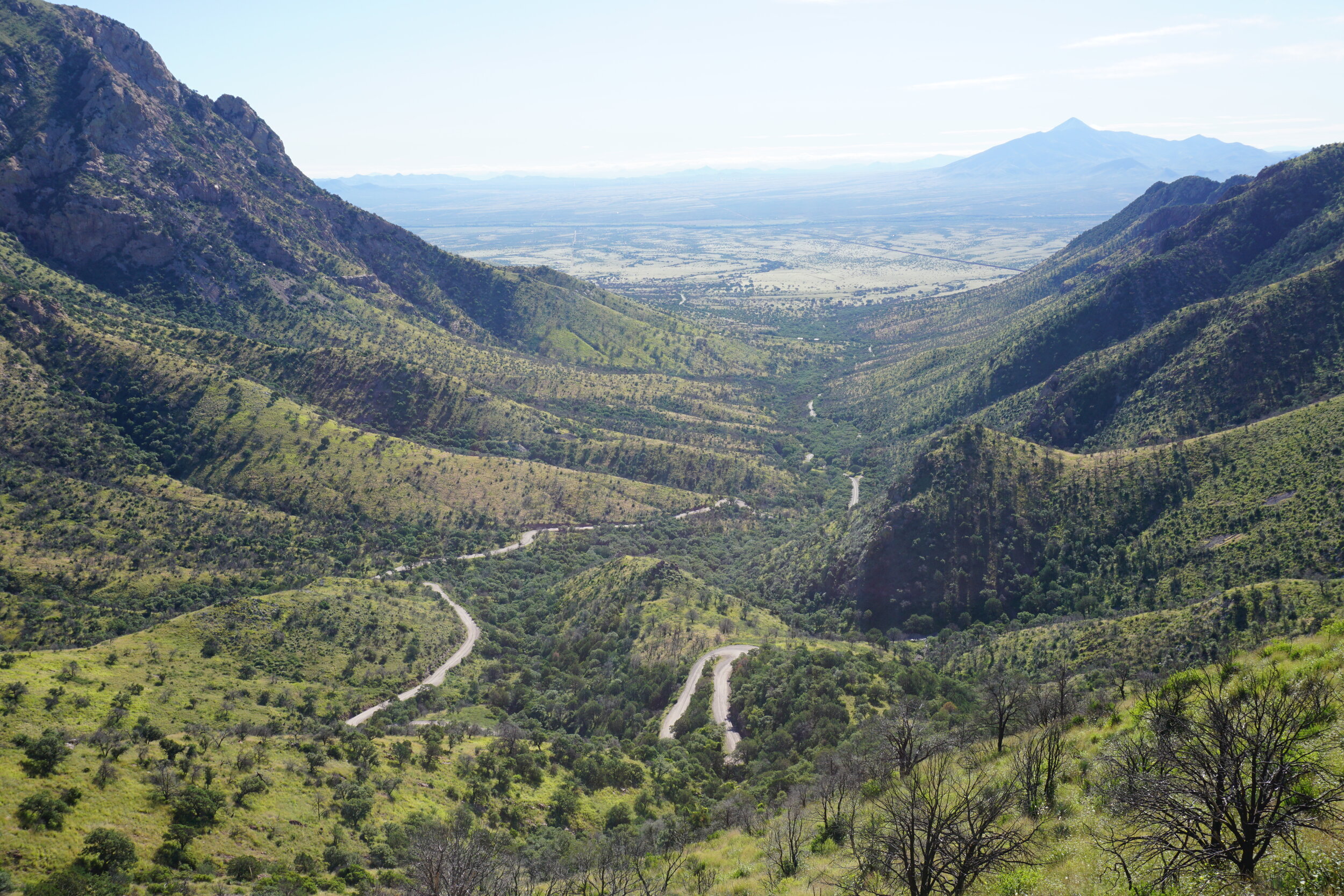Happy Wednesday FACNM community,
We hope you’re staying healthy and enjoying the last few weeks of summer! This week we wanted to focus on debunking some common misperceptions related to wildfires and prescribed fires. Our relationship with and management of fire has changed a lot in the past few decades and with that can come confusion or misunderstandings. Keep reading to clarify some commonly misconstrued myths related to fire!
This week’s Wildfire Wednesday features information on:
Debunking fire-related myths
Upcoming mitigation best practices class
Upcoming Grant Opportunity
Have a great week!
Liz
Wildfire Myths
There is a lot of information available about wildfire and prescribed fires and it can sometimes be difficult to know what is true or what are common misconceptions. Read about some common fire-related myths below!
Myth: All wildfire is destructive and should be suppressed immediately.
Fact: Wildfire plays a critical role in many fire-adapted ecosystems and, when appropriate, can be managed for positive effects.
Ponderosa pine are one of the fire-resistant plants in the Western US (Photo credit: Robert Van Pelt/DNR)
From The Wilderness Society: “Fire has played an important ecological role in forests for thousands of years. Some species of plants depend on periodic wildfires as part of the natural cycle of recovery, and many other species easily tolerate naturally occurring, periodic fires.” Safety of communities and wildland firefighters is paramount when it comes to fire but when conditions are right, wildfires can be managed to “create wildlife habitat, renew soil nutrients and limit the size of subsequent fires by clearing old trees that would otherwise act as fuel”
Myth: There is nothing you can do to prevent wildfire damaging your property.
Fact: There are many things individuals can do to prepare their private property to reduce the risk of wildfire damage.
Studies show that as many as 80 percent of the homes lost to wildland fires could have been saved if their owners had followed a few simple firesafe practices. From removing brush and debris to changing the roofing materials on your home there are many opportunities to reduce the risk of damage from wildfire on your property. Click here to visit the Residents Resources page on the Fire Adapted Communities New Mexico webpage and learn more about what you can do on your property!
Myth: Regular logging is enough to prevent forest fires.
Fact: Logging operations can leave forests more vulnerable to intense wildfire, however, strategic thinning can prepare forests for low-intensity, beneficial wildfire.
From the Wilderness Society: “On a basic level, this argument is sensible; after all, fewer trees means less fire fuel, right? But it's not so simple. Studies have actually found that fires burn more intensely in forests that have been logged. One reason is that the tree remnants left behind in the wake of a logging operation (limbs and tree tops, typically) form a kind of super-charged bed of surface fuel that is dried out thanks to the lack of forest canopy overhead. Another reason is that the new trees that grow in after a forest is logged are all the same age and densely clustered--exactly the kind of trees that burn extra hot and fast, leading to big, intense blazes. Strategically "thinning" forests is a different story. If trees are cut down in carefully planned locations, in forests that are well-adapted to regular ground fire, the practice can help reduce the intensity of wildfires.” Within the Fireshed landscape, the wording of this myth may be misleading due to perceptions around the term "logging." In the past, logging has been associated with commercial harvesting of trees. In the Fireshed, we typically use the term thinning to capture the fact that there is not a commercial element to the treatments within our landscape. Some of the by product may be sold as firewood, but the majority is piled and burned.
Mitigation Best Practices Training
“This national level training from Coalitions & Collaboratives, Inc. and the USDA Forest Service is designed for current or future mitigation specialists, wildfire program leads, and others who work with residents and their communities to reduce wildfire risk. The Mitigation Best Practices training concentrates on science, methods and tools that will help you engage communities/residents while also helping you to eliminate ineffective practices.
Participants should come with a basic understanding of wildfire, how homes burn, and vegetation management practices. The course assumes you know how to mitigate, but that you could use support engaging your community. In this workshop, you will work through some of the greatest challenges facing our wildland urban interface communities. The course will help you break down ineffective practices to make space for the more effective ones with a focus on the on-the-ground mitigation activities.”
Shortgrass Prescribed Burning Workshop
Are you curious about using prescribed burning in shortgrass rangelands, but not sure if it's safe, effective, and needed? Join us in learning about prescribed burning in the shortgrass prairie. Specialists will host an indoor workshop on November 4, 2021 in the multipurpose room of the Mosquero Municipal School in Mosquero, New Mexico.
Included in the November 4 workshop will be:
· reasons for burning
· special considerations for shortgrass prairie
· what to expect after a burn
· how long burn effects will last
· regulations affecting prescribed burning
· weather conditions needed
· formulating a burn plan
· techniques for achieving the burn you want
This workshop and training is being conducted by New Mexico State University Cooperative Extension and Kansas State University in conjunction with the Ute Creek Cattle Company. Additional assistance and cooperation provided by the Great Plains Fire Science Exchange, Southern Rockies Fire Science Network, and the Southwest Fire Science Consortium.
Click here to learn more or register for this workshop!
Action, Implementation, and Monitoring Grant Program
RFP is released August 30th
To sign up for an informational webinar on September 1st, click here.
“Action, Implementation and Mitigation (AIM) is a unique funding opportunity. The grant is administered through Coalitions and Collaboratives (COCO), where they understand that funding is only part of the picture. If awarded funding, awardees join a partnership of fellow fire and fuel-reduction practitioners. COCO recognizes that different groups are in different places in terms of partners and mentors and will provide training, mentorship and guidance to awardees throughout the term of their grant agreement. If you anticipate you will need some mentorship or guidance, please build time into your proposal to accommodate that.
Reimbursement funding is available for a wide variety of capacity building activities, including personnel, planning efforts and wildfire risk reduction work on nonfederal lands. COCO will be looking to fund a variety of different types of projects across the country. Applicants must demonstrate how their proposal fits into the bigger community wildfire picture, including coordination with federal partners on nearby public lands. Applicants must contribute a 100% match (cash or in-kind match is eligible). Award funding may range from $10,000 – $75,000. Grants are contracted for a period of one year. Funding will be provided on a reimbursement basis.”

































































